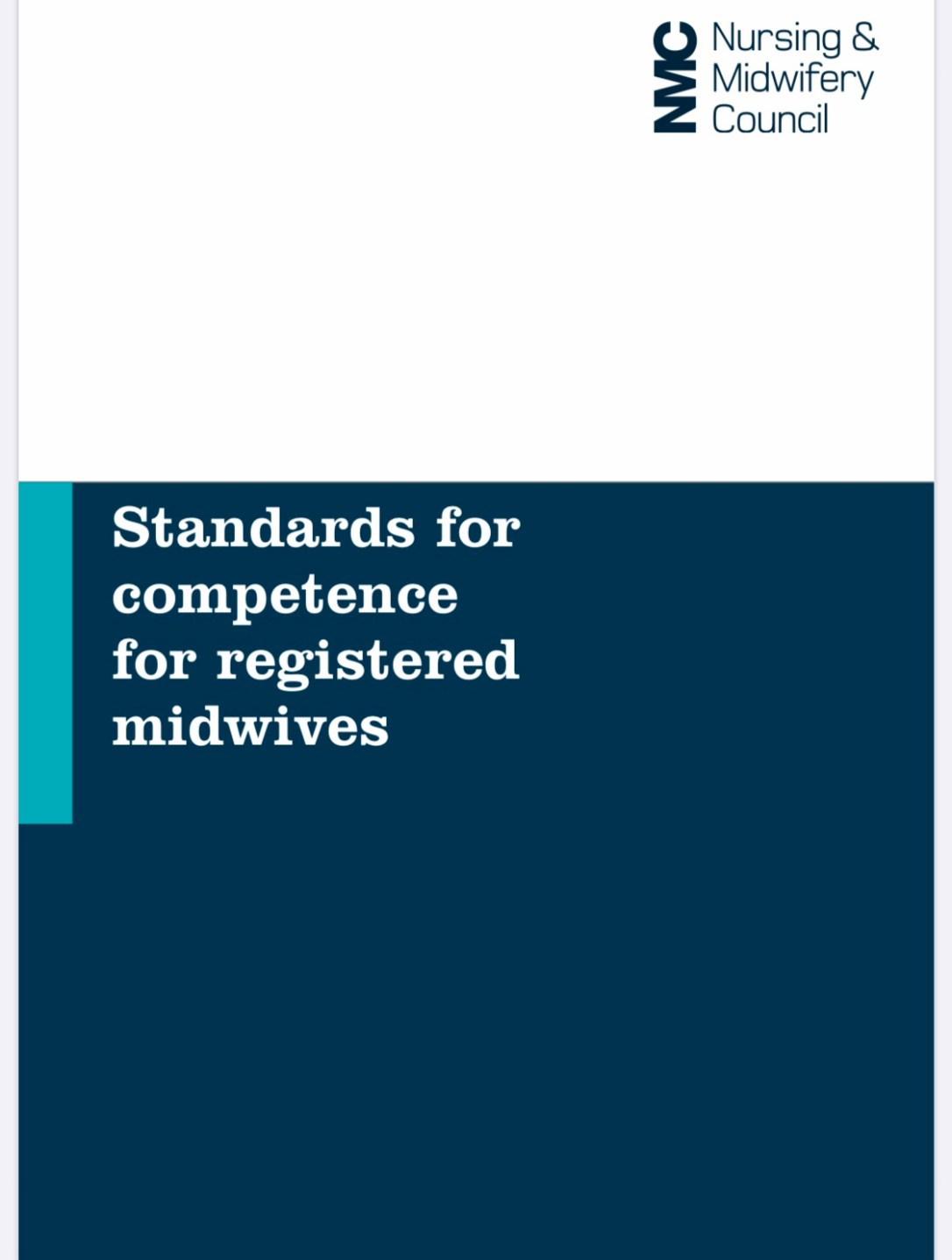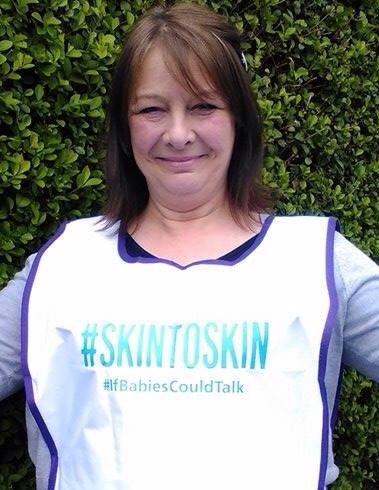You have just given birth – it’s your first child and I’m not sure whether you had a Caesarean birth or a forceps birth or your newborn arrived in a birth pool . What really matters is that you receive consistent, evidence based advice from the health care professionals you come into contact with and positive support from your family and friends – you’ll be exhausted and must try not to rush yourself back to normality too soon – try installing a mindfulness app into your phone and ALLOW your friends to do your shopping/ ironing / take some laundry off your hands . Don’t be too proud to admit tiredness , worry and emotions .
Take a good look at the #MatExp website and join the Facebook page for access to health care professionals , peer supporters and other new parents – ask questions and interact with others so you can gain knowledge and know when to recognise that things might not be quite right .
The biggest thing to hit you right between the eyes is the responsibility of parenthood including how to cope with reduced amounts of sleep , hormone imbalances , post birth bleeding , the increase in laundry (which seems so huge for such a tiny person and more than double with twins !) and how to deal with unexpected visitors who always seem to turn up when it’s nap time . Who said babies sleep all day ?
Well here is my blog to try and help you to make some sense of your early days
Humans have been parenting for thousands of years , babies communicate through crying and facial expressions and you have an inbuilt mechanism that is made to help you to nurture your young . Keep on keeping on with skin to skin contact as new evidence shows that mothers who give their babies plenty of skin to skin contact are more responsive parents . Picking up your baby each time he or she cries is not spoiling the child – HERE IS A LINK TO EXPLAIN WHY A BABY DEVELOPS BETTER WHEN HE SHE IS PICKED UP MORE. UNICEF have lots of evidence based resources and this is a wonderful PDF document UNICEF leaflet on building a happier baby – we are in fact building humans – kindness and compassion towards our young helps the brain take in more information and this in turn reinforces to the child that kindness matters , so he she grows up to be more aware of her / his own feelings and the feelings of others .
Trying to sift thought all the postnatal advice leaflets and decide which friend / in-law , relative has the best advice on getting your baby to sleep is just overwhelming .
First of all don’t push yourself too much to get through one week unscathed – it’s better and more realistic to try and get through a couple of hours feeling positive about what you’ve achieved. Take regular pain relief to help your mobility and well-being and don’t scrimp on rest – did you know that skin to skin contact reduces pain in mother AND newborn?
Let’s move onto the key things your baby needs to grow and develop as well as feeling nurtured
1.Love which includes feeling nurtured and receiving kindness . Love also means giving yourself kindness and listening to your own mind and body .A baby knows from the tone of your voice whether you are happy and feeling loving towards it – so try hard to keep love in your heart . If you are not feeling this way seek some advice – your love might come later , or you may just be exhausted . If you feel unwell , emotionally drained , or just flat talk to your midwife and let her know – she’s not their to judge you but to signpost you to the correct services available . Do not berate yourself if you are suffering from post-natal depression and/or anxiety – we live in a modern world that doesn’t seem to support the value of resting , being still and calmness – digital advances seem to put more and more pressure on us humans to try and prove we are beyond human – the modern woman is the equivalent of a plate spinner – don’t take on too many committtments – try practising some self-care and slow down – your body and mind need rest and stillness as much as they need love , nourishment , kindness and compassion . Here is a wonderful blog about a mother who realised she was shouting too much and was too distracted by others things that led to a kind of moodiness towards her children CLICK HERE TO READ
2. Feeding your newborn is not just about giving a baby milk – the way a baby is held during a feed , the way a mother talks to her newborn and keeping the number of people who give the feed to a minimum has a more positive impact on the baby’s developing brain. I hear many women say “I’m not going to breastfeed as my family want to help me with bottle feeding”.
The first feed of colostrum is a crucial power food to help the newborn to begin its journey of life. Obesity is a now a public health problem and it’s time to address the low numbers of babies that are breastfed – if a baby maintains skin to skin contact with its mother at birth for over two hours – there is an increase in breastfeeding success – we are talking about not moving baby at all for any reasons including during Caesarean section, perineal sutures, returning to theatre for any reason and always considering SkinToSkin contact.
The postnatal period should include regular prolonged episodes of skin to skin contact to soothe babies , maintain the all important bond with the parents and help milk production . Breastfeeding helps babies to …
1.Recover from birth
2. Feel safe and nurtured
3.protect the immature gut and bowel by receiving immunity from the mother via her bespoke breast milk .
4.feel comforted – because a baby that breastfeeds must be held close and that situation is very comforting to a newborn
The one to “oneness” that #SkinToSkin and breastfeeding gives a newborn is actually is not something that can be replicated in another form – it’s a one off that’s been passed down the centuries , a primitive response that goes back in time to when we lived in caves and our mothers held us close away from other predators . It’s much more grounding for a newborn to feel close to less people and as it gets older you can widen the circle very gradually. SkinToSkin during breastfeeding gives the baby a strong sense of belonging . There are also responsive bottle feeding methods . The SLING LIBRARY offers information about slings across the U.K. click HERE for the website and slings give freedom to do other things whilst carrying your newborn hands free : )
A baby should never be fed without being held – being held during a feed is soothing and promotes a sense of safety & emotional security . Talking , singing and smiling during feeds with intense eye to eye contact is of paramount importance for a newborn’s brain development .
3. Warmth – so important that a baby feels comfortably warm not overheated and is unable to move down under its blankets – the baby’s position should always always be on the back . The “Back to sleep ” campaign was started by Anne Diamond . Click HERE for more information about how Ann spread the word after the death of her beloved son Sebastian died from Cot death at only four months of age. It is now advised that babies are put on their BACKS to sleep and also that they sleep in their parent/s room until after the age of 6 months old . The media in general doesn’t give out evidence based advice and seems to berate parents who choose to co-sleep . Co-sleeping is something that must be discussed and Durham University has a sleep laboratory which has looked at how and why mothers co-sleep with their offspring – Click here for evidence and sound advice about babies sleep . Professor Helen Ball has filmed parents in sleep situations to help us to learn what’s safe and what’s not . The problem with the media is that by criticising co-sleeping they are actually promoting sofa sharing and feeding which is a dangerous practice . Click HERE for an honest upfront article by the fabulous Milli Hill parenting and birth guru about co-sleeping.
Your house is the environment your child will see as their safe place – so don’t try to change it too much as a temporary measure – keep it as your home to welcome your newborn . You can adapt areas as your child grows and develops . Try keeping changing equipment in two different areas so you don’t have to go to one room all the time .
Let your bedroom be your safe haven where you can escape with your baby to feed , rest and avoid the “popper inners” the visitors who simply turn up unannounced .
Try not to plan too many trips out too soon or those that require a long drive – as mothers soon get tired in the initial few months . A change of scenery is good though and can be a welcome escape from the house . Don’t be talked into your newborn going for a sleepover too soon – when it does happen you may find yourself unable to relax until you hold your baby again . The other parent can walk the baby whilst mum rests (that doesn’t mean cleaning etc!!) and it’s a good thing to try and learn how to sleep in the day – even though it’s against everything you are accustomed to as a new parent you are in fact a shift worker so must try and care for yourself or you will become burnt out , exhausted and this could lead to anxiety and / or depression and this applies to BOTH parents.
What about Dads ? Well I love social media and I found this great tool called TheDadPad which is £8.75 supported by the NHS and basically a set of information pads that are wipe clean and give good advice on caring for your newborn as a new dad .
Same sex couples also need support – just because a baby has two mummies doesn’t mean that life is all hunky dory – all parents need to know they are doing ok .
Isolation , poverty and lack of friends can affect parenting- but believe me , not having the latest pram or changing bag does not make you less of a parent . Health visitors are skilled at knowing where there is safe second hand baby equipment which is a lot less expensive – always google the product so that any warnings regarding safety are found before you commit yourselves to it – second hand equipment must come with full instructions and explanations as well as safety recommendations on how NOT to use .
If you feel unwell at anytime in the first 6-8 your lifeline contact is with your local delivery suite . Here waiting isn’t long and you get to talk to a midwife one to one and discuss your symptoms . The problem with going to A & E is that they aren’t designed for mothers and/or newborns and they hold a lot of unwell people . If you have any pains or swellings in your legs / chest pain / fast heart beat / your bleeding heavily / your bleeding has an odour / you are hot and cold please do not delay as any of these symptoms could be a venous thrombosis or signs of sepsis – getting to the Women’s unit faster means quicker diagnosis and treatment . Read about sepsis in more detail HERE on the Sepsis Trust website where you can read about symptoms of sepsis clear concise information.
Refer to your postnatal notes for yourself and your baby for clear advice on minor postnatal symptoms as well as why you may feel unwell – but more importantly talk to health care workers who will give you consistent advice about coping with a newborn . Don’t be fooled by perfect photos – underneath it all most new parents struggle with their lack of sleep .
Try to get out during the day even if it’s just visiting a family member or friend at a house . Being isolated is not a good feeling and can be detrimental not only to your own mental and physical health but also the newborn’s ability to socially connect and brain growth .
In this modern world it’s important to switch off digital devices and talk to babies – if you find this hard reading a book or singing songs is a positive way of communicating.
Keep a mini journal of your days when you felt tired out and see if you are feeling less or more tired as the weeks go by . If you are feeling more tired look at what kind of activity you missed out on OR overdid . Did you eat well ? Rest ? See friends ? Spend any time in skin to skin with your newborn ?
I’ve written this blog so you can try to find information that’s sensible and not prescriptive and I hope you find it useful . If it’s any consolation I was totally exhausted for months and I developed post-natal depression which wasn’t really talked about much in the 80s. I even left my daughter in her pram outside the local post office , not realising until I had say down with a well deserved cup of tea – needless to say I ran back for her and never did that again !! So you see if I can admit to that , what do you think other new mum’s have got up to ?
Becoming a parent is lovely but it is not as perfect as it’s made out to be. Best beginnings have launched a series of films called “Out of the blue” and CLICKHERE for a link to a film on how new mothers can learn to look after themselves . If parents take good care of themselves they will be more likely to care for their children well and be positive role models .
I hope my blog inspires you all on the start of your journey as parents and I wish you and your newborn love , kindness and understanding ❤️<<<<
gt;

























